Christmas cacti, known scientifically as Schlumbergera, are beloved houseplants, celebrated for their vibrant blooms during the winter months. As their popularity has soared, so too have the myths and misconceptions surrounding their care. Among these is the question: do Christmas cacti like coffee grounds? This discussion aims to demystify the relationship between these plants and coffee grounds, evaluating the benefits and potential drawbacks while debunking prevalent misconceptions.
Understanding the Nutritional Needs of Christmas Cacti
To explore the compatibility of coffee grounds and Christmas cacti, it is imperative to first grasp the basic nutritional requirements of these plants. Unlike traditional cacti, Christmas cacti are epiphytes, meaning they grow naturally in the humid micro-climates of tropical rainforests rather than in arid desert conditions. This distinction is crucial because it informs their specific care requirements.
Christmas cacti thrive in well-drained soil but require a balance of moisture and nutrients. The ideal substrate for these plants is typically composed of a mixture of potting soil, peat, and perlite to enhance aeration. The nutritional content should be rich yet not overly concentrated; they prefer a fertilization regimen that includes balanced nutrients without excessive nitrogen.
The Role of Coffee Grounds in Gardening
Coffee grounds are often touted as a natural soil amendment used in various gardening scenarios. Advocates of using coffee grounds suggest that they can enrich the soil with nitrogen, phosphorus, potassium, and micronutrients. However, these benefits come with caveats. While coffee grounds can offer some nourishment, the high acidity can be detrimental to certain plants, notably those that thrive in neutral to slightly alkaline soils. This raises the question of whether coffee grounds are suitable for Christmas cacti, which prefer relatively neutral pH levels.
Evaluating the Myth: Do Christmas Cacti Favor Coffee Grounds?
When it comes to the idea that Christmas cacti enjoy coffee grounds, the truth is a bit more nuanced. While many plant enthusiasts believe incorporating coffee grounds into the soil is beneficial, this practice can vary in efficacy depending on the specific plant and its environment.
Christmas cacti are generally not inclined to thrive when exposed to high acidity. This characteristic suggests that coffee grounds, with their naturally acidic properties, could pose a risk. Furthermore, overusing coffee grounds may lead to a build-up of salts in the soil, potentially harming root systems. Thus, this myth may be more appealing to the notion of organic gardening than practical plant care.
Alternatives to Coffee Grounds for Nutritional Needs
Given the potential pitfalls associated with coffee grounds, it may be prudent to explore alternative organic fertilizers that align more closely with the needs of Christmas cacti. Fish emulsion, for instance, offers a balanced nutrient profile sans the acidity. Additionally, diluted liquid seaweed is favored for its trace minerals and ability to promote healthy growth without overwhelming delicate plants.
Compost is another excellent alternative, as it provides a wealth of nutrients while maintaining a balanced pH. Well-aged compost fosters beneficial microorganisms, contributing to soil health, which is essential for vibrant plant growth.
Environmental Considerations: Recycling Coffee Grounds
While using coffee grounds directly in potting mixes for Christmas cacti might not be advisable, there are creative ways to recycle coffee grounds in gardening. They can serve as an effective mulch in garden beds, where they help retain moisture and suppress weeds without directly interfacing with the plant’s root system. This application allows gardeners to still utilize coffee grounds without the risks associated with soil alteration.
Additionally, coffee grounds can be composted alongside kitchen scraps. This approach allows for a balanced blend that will create a nutrient-rich amendment for various plants. Ultimately, recognizing the broader ecological opportunity with coffee grounds can allow gardeners to benefit without jeopardizing their Christmas cacti’s health.
Tips for Growing Healthy Christmas Cacti
Growing Christmas cacti successfully hinges on understanding their specific environmental and nutritional needs. Here are some essential tips to ensure your plant flourishes:
1. Provide Indirect Light: Christmas cacti prefer bright but indirect light. Direct sunlight can scorch their delicate leaves, so position them where they can soak in light without being overwhelmed.
2. Maintain Adequate Moisture: Unlike traditional cacti, Christmas cacti need consistent moisture. Water thoroughly when the top inch of soil feels dry, but avoid overwatering as it can lead to root rot.
3. Fertilize Periodically: Use a balanced succulent fertilizer diluted to half strength every four to six weeks during the growing season to supply nutrients without excess.
4. Promote Proper Drainage: Ensure your pot features drainage holes to prevent waterlogging. Consider using a potting mix designed specifically for orchids or epiphytes for optimal results.
5. Monitor for Pests: Inspect your plant regularly for pests such as mealybugs or spider mites. Early detection can prevent infestations and help maintain the health of your Christmas cactus.
In conclusion, while the idea that Christmas cacti like coffee grounds is widespread, it is essential to ground this belief in scientific understanding. While coffee grounds may offer some benefits in gardening, they are not necessarily suited for Christmas cacti. By prioritizing adequate care and specific nutritional needs, enthusiasts can foster thriving specimens that display the stunning blooms that garner admiration during the holiday season.
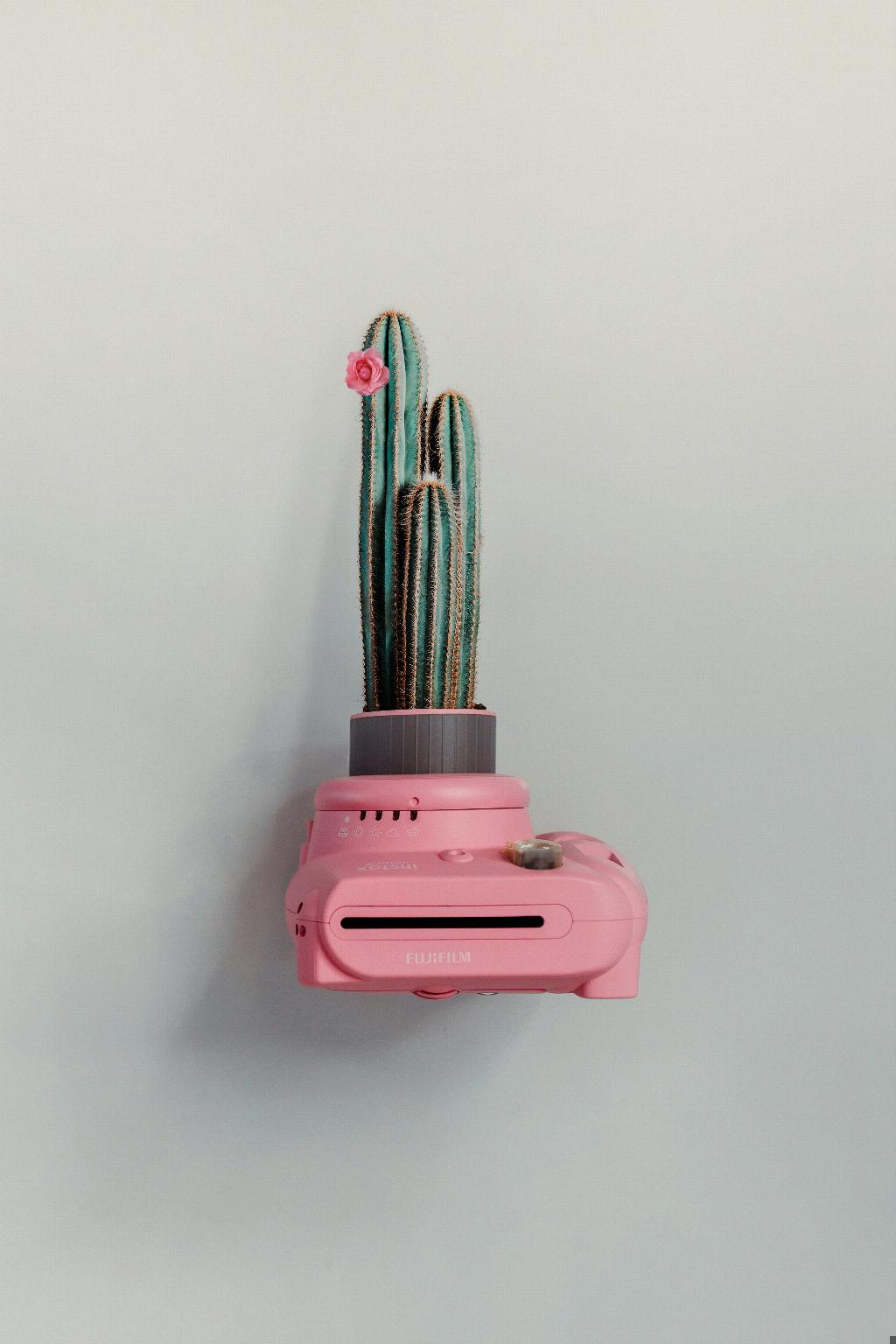
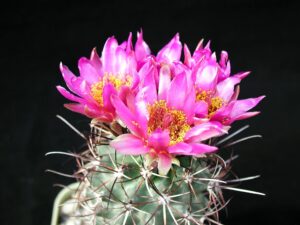
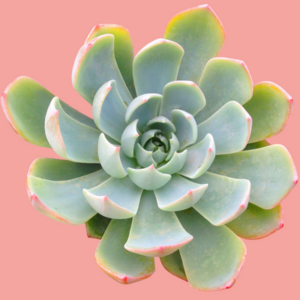
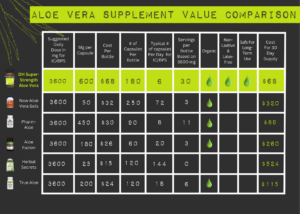
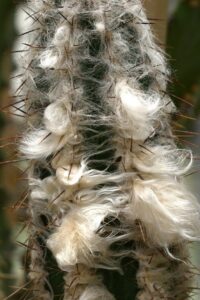
Leave a Comment